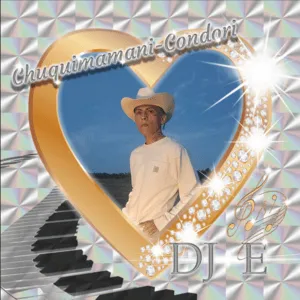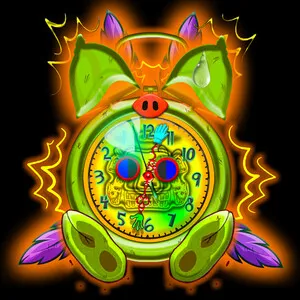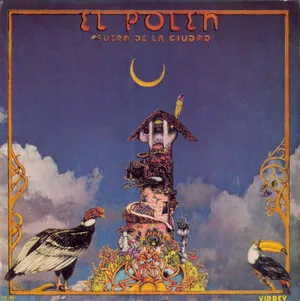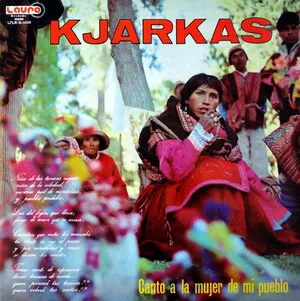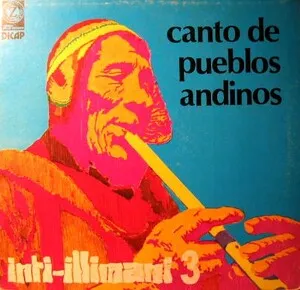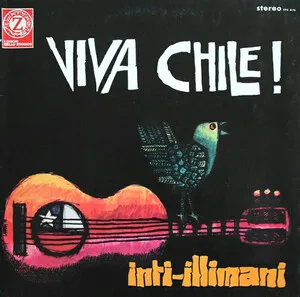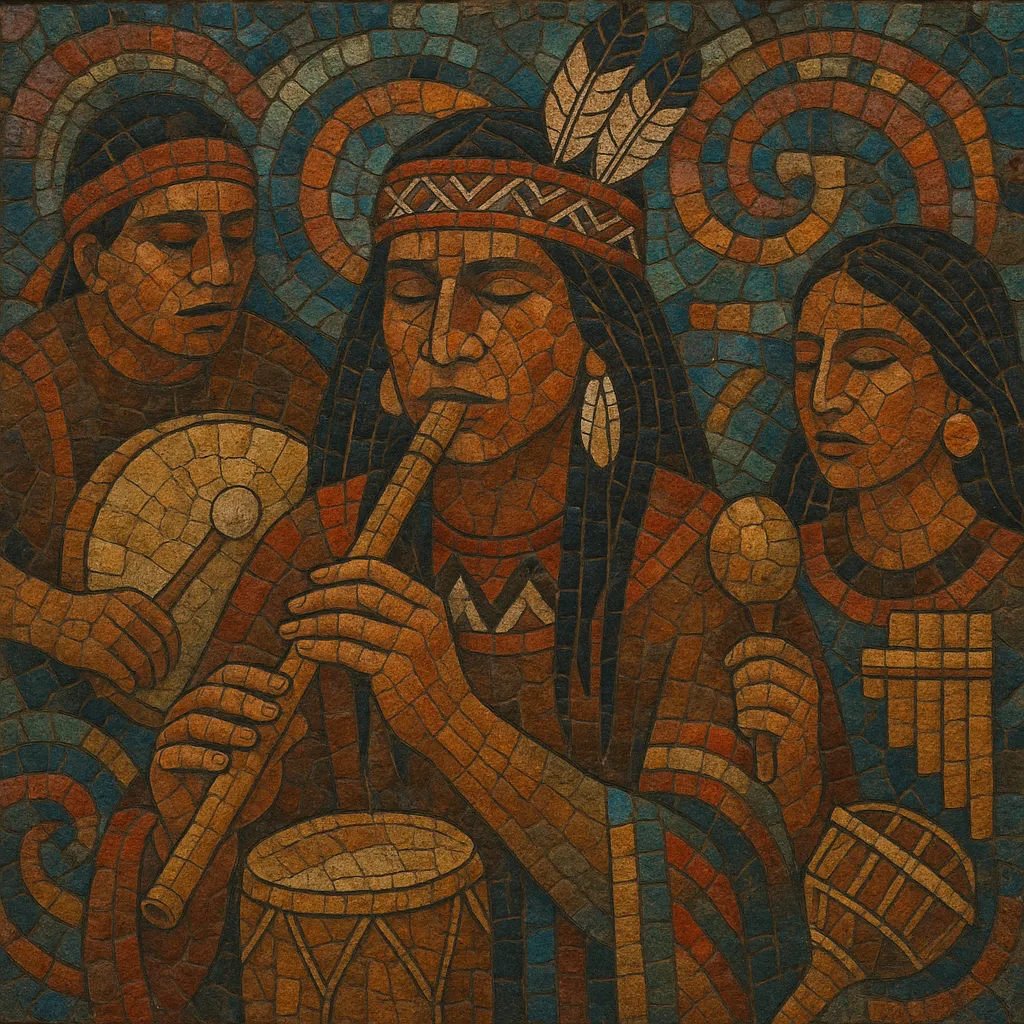
Indigenous American music encompasses the ceremonial, social, and narrative musical practices of the Indigenous peoples of the Americas. It includes a vast diversity of vocal styles, drum-centered ensembles, rattle/shaker idioms, flute traditions, and panpipe orchestras found from the Arctic to the Andes.
Common traits include prominent use of vocables (non-lexical syllables), monophonic or heterophonic textures, cyclical forms, and timbral emphasis (drum tone, breathy flute, throat singing in Arctic regions). Rhythms range from steady duple powwow beats with accented "honor beats" to the interlocking hocket textures of Andean siku (panpipe) bands, often in compound meters.
Music serves specific functions—ceremonies (healing, seasonal cycles, rites of passage), social dances, storytelling, and community cohesion—while embodying cosmologies and land-based knowledge. Post-contact syncretism produced new genres (e.g., peyote songs, mission hymnody) alongside robust continuities of pre-contact styles.
Indigenous musical traditions long predate written history in the Americas. Archaeological and ethnographic evidence suggests millennia of drum, rattle, and flute use, and complex vocal traditions embedded in ceremonial life, seasonal cycles, and oral histories. Textures were predominantly monophonic or heterophonic, with collective unison singing and regional specializations—such as Arctic throat games, Plains powwow singing, or Andean siku hocketing.
European contact introduced new instruments (fiddles, guitars, harps), mission hymnody, and notational practices. Syncretic repertoires emerged: Catholic hymn forms adapted into Indigenous languages; water-drum and rattle-accompanied peyote songs flourished in the Native American Church. Despite suppression of ceremonies, communities sustained musical lineages through private practice and adaptable forms.
Pan-tribal gatherings and the modern powwow circuit spread repertoire and protocols across regions, catalyzing shared styles while preserving local identities. Early field recordings (wax cylinders onward) preserved songs and sparked repatriation efforts. Scholarship and community archiving grew, alongside Indigenous leadership in teaching and transmission.
The 20th and 21st centuries saw robust revival and innovation: Native American flute renaissances; Inuit throat singing on global stages; Andean ensembles touring internationally. Recording industries, radio, and festivals amplified visibility. New fusions—powwow-influenced electronica, folk and art-music integrations—expanded audiences while ceremonial and community-specific musics retained protected contexts and protocols.

